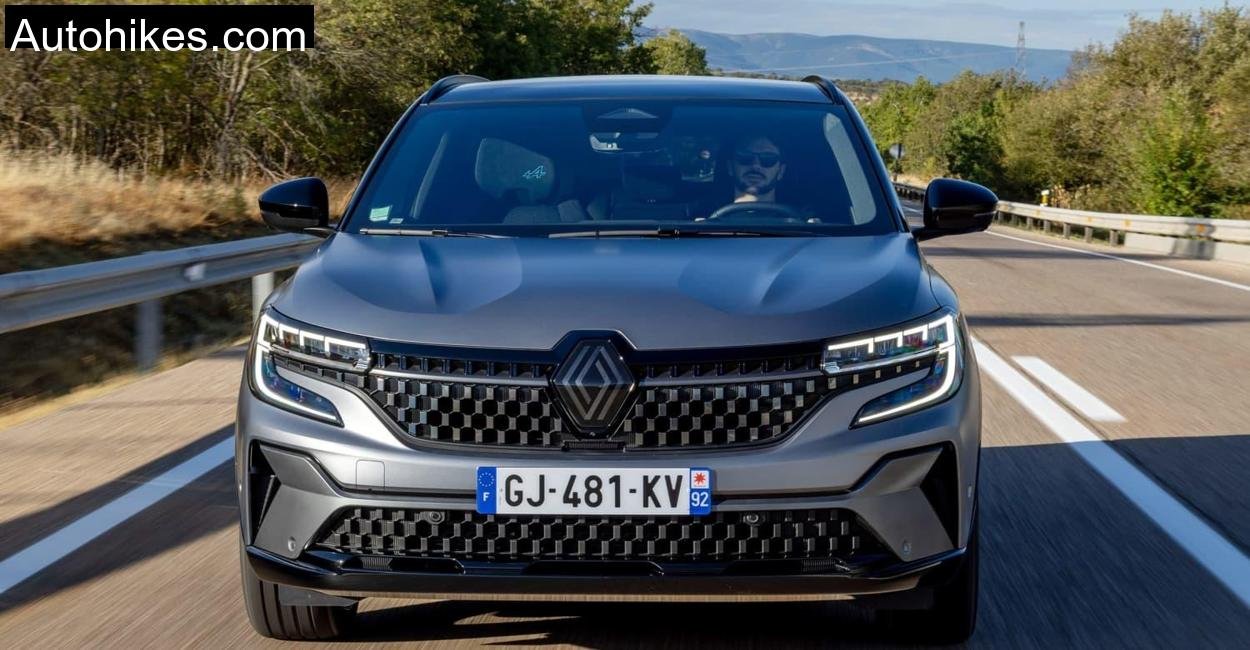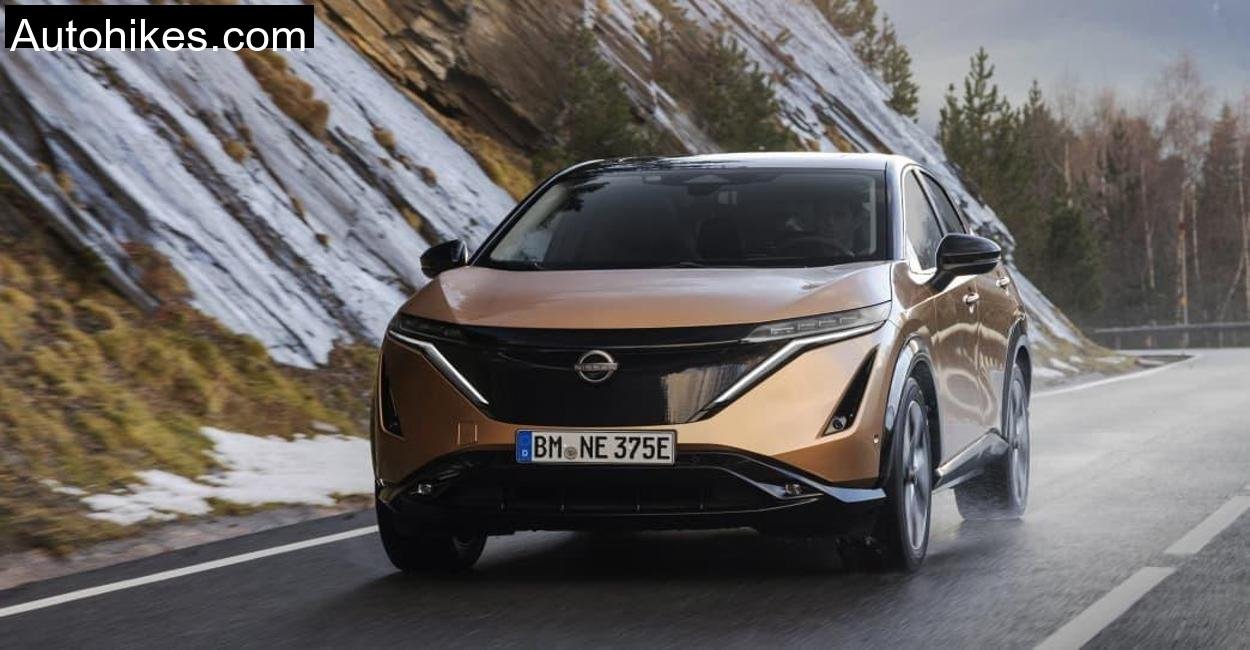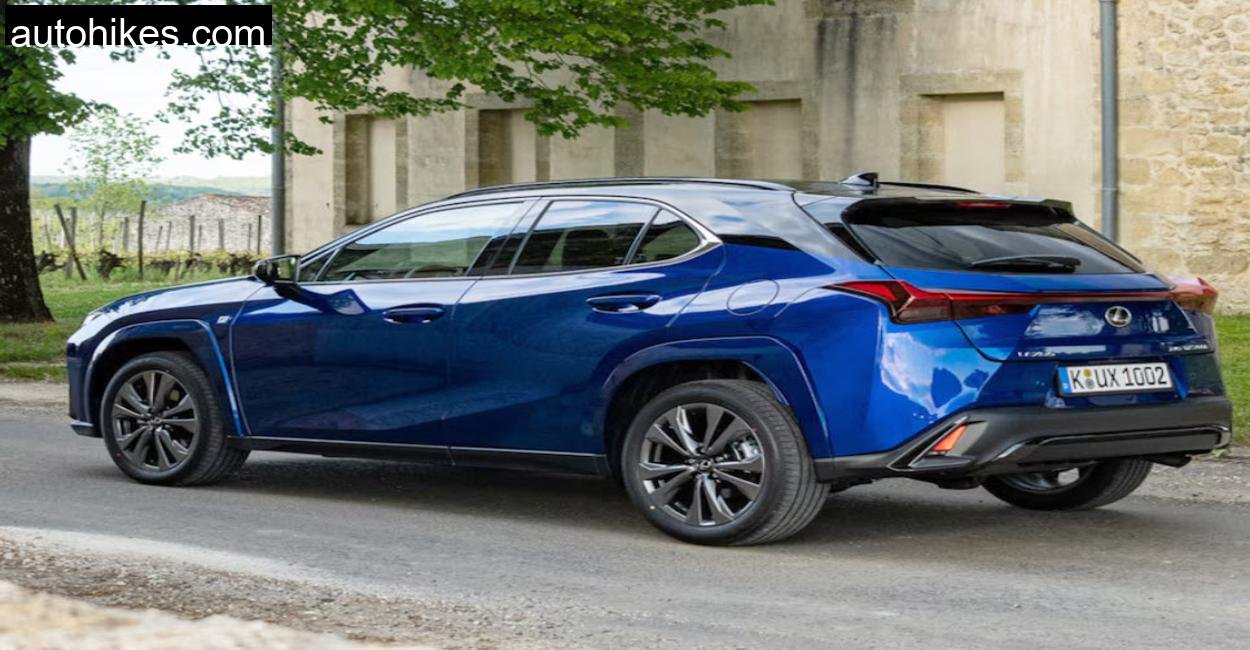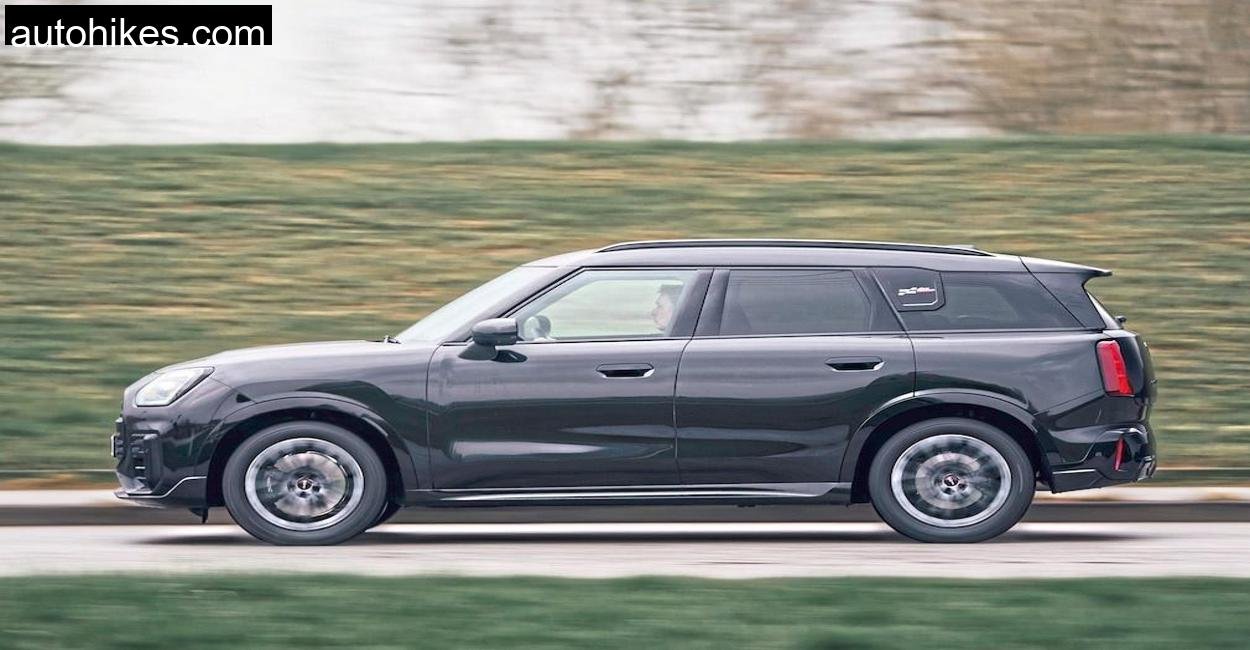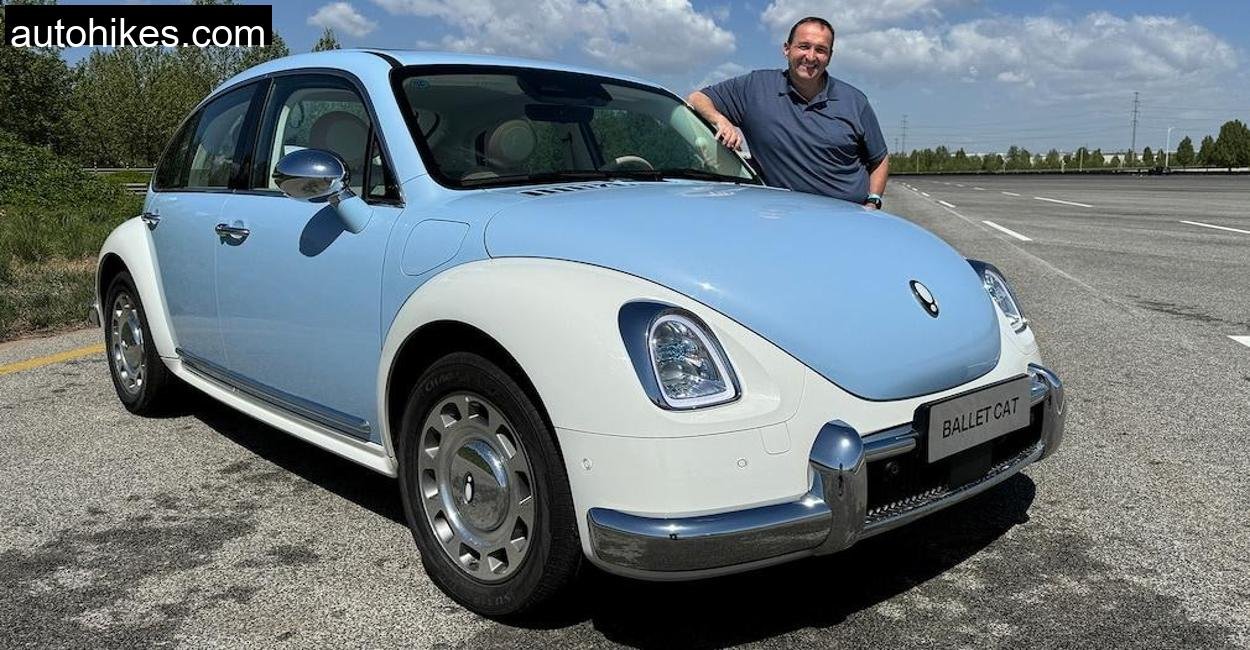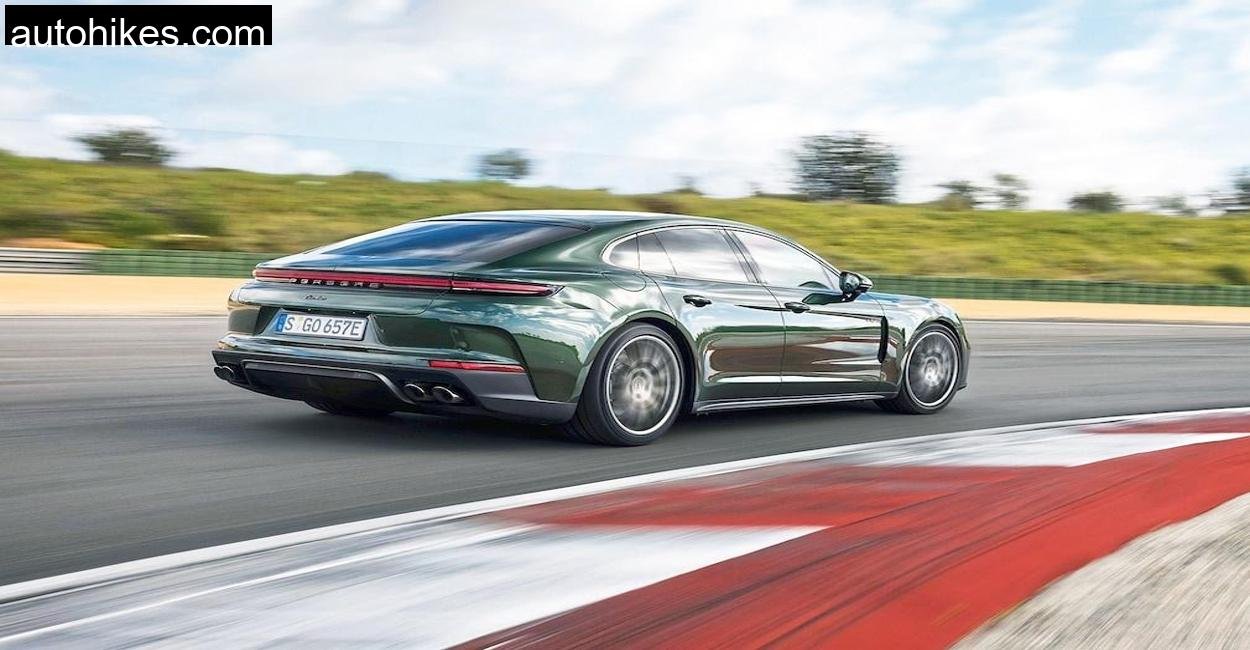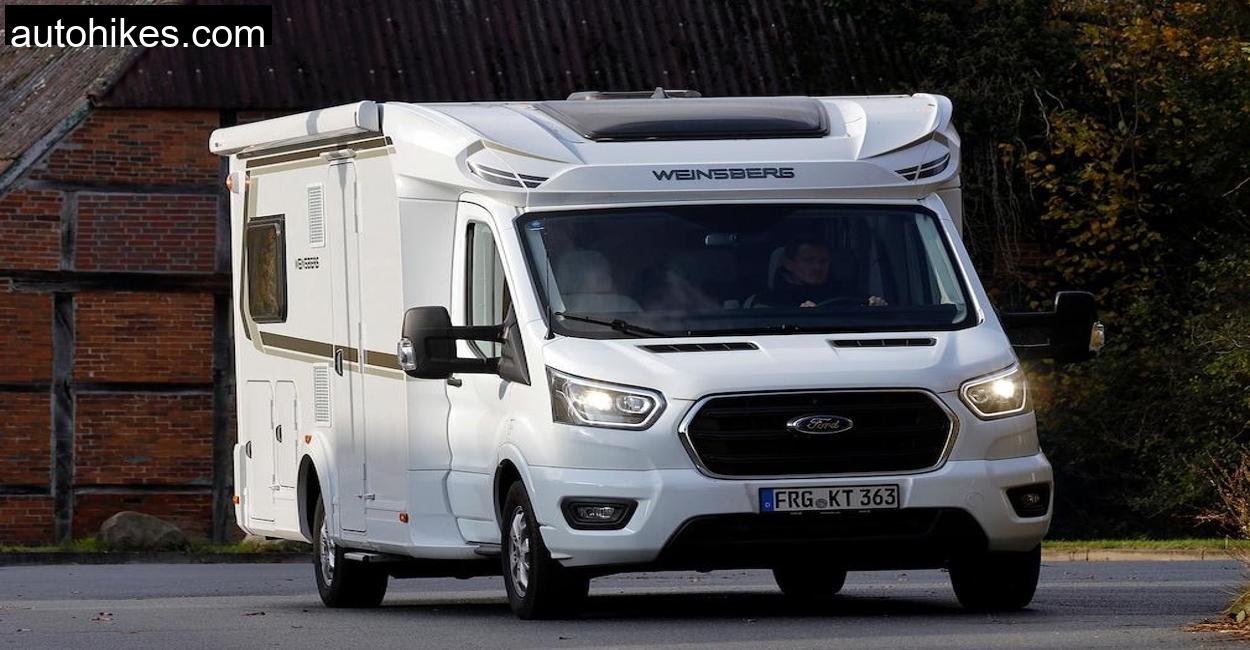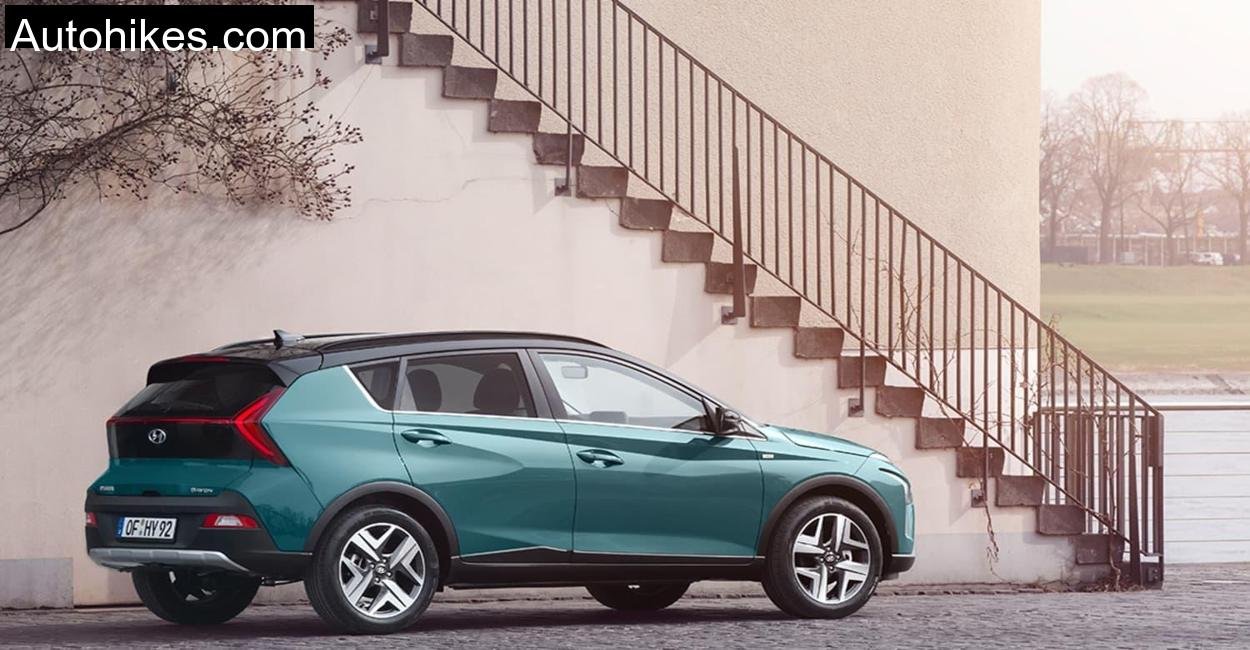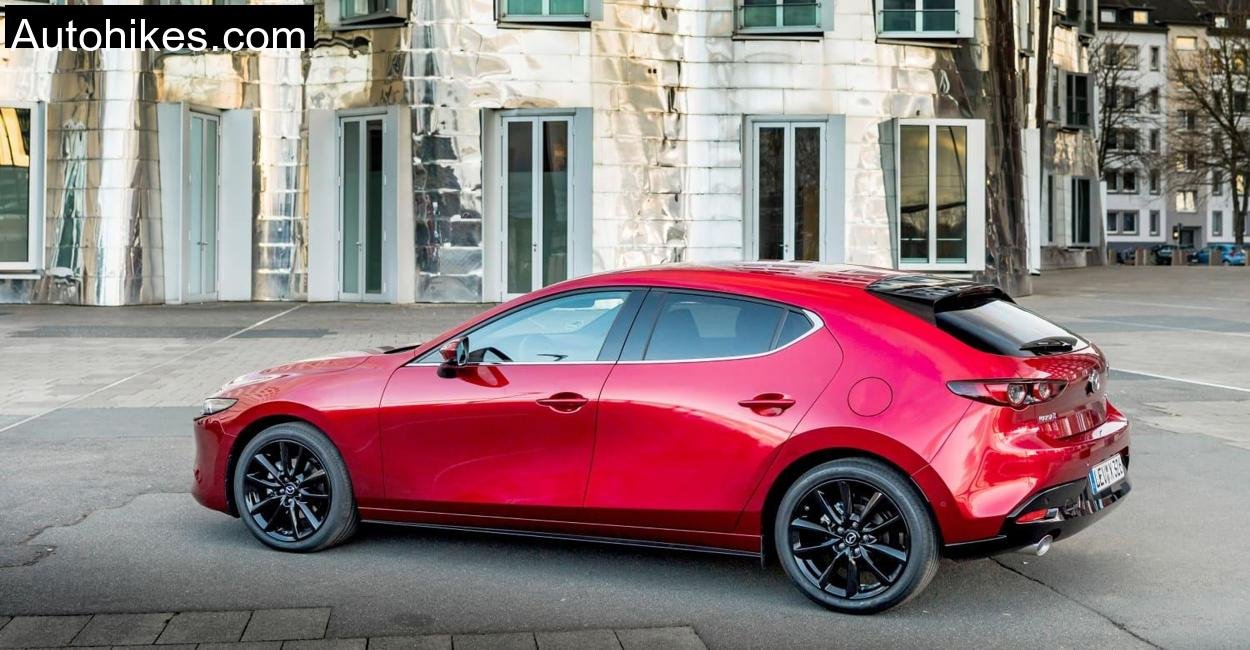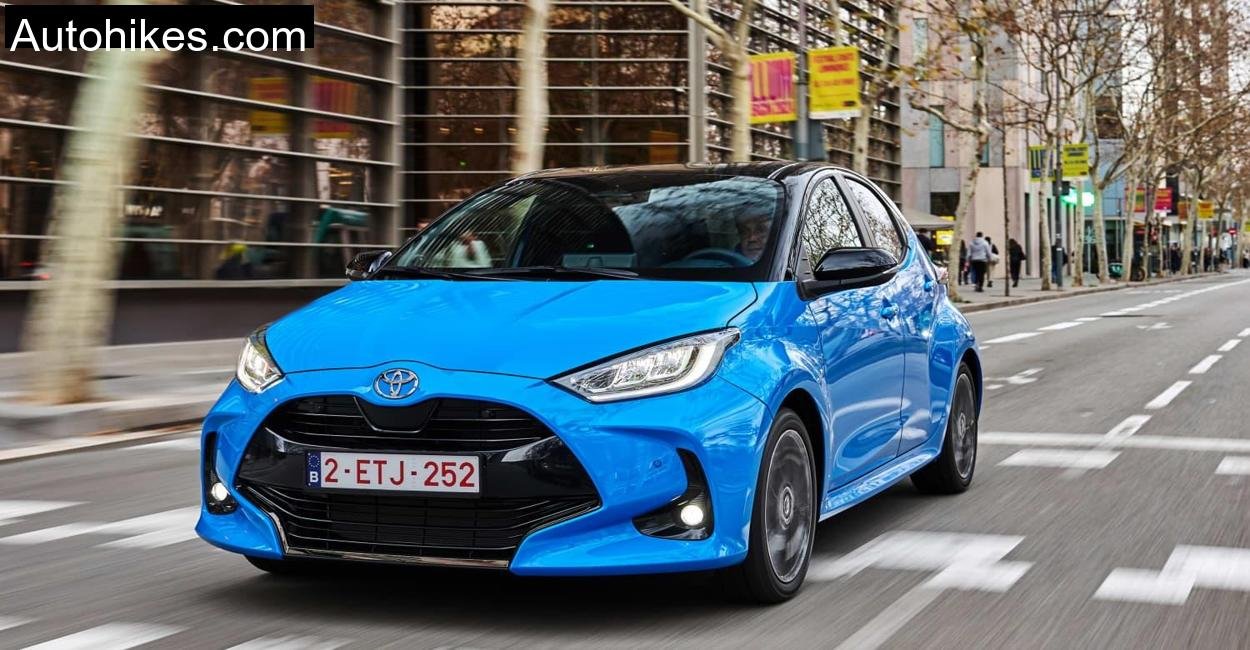It was a crisp morning in the Lusatian Highlands, one of Germany’s lesser-known yet breathtaking landscapes. Rolling hills, winding roads, and light morning fog created a dramatic canvas for my latest automotive expedition. And the car that stood before me, ready to take on this dynamic terrain, was the 2023 Renault Austral.
This wasn’t just any drive; it was a full-fledged test of Renault’s new compact SUV, the successor to the Kadjar. With the Austral, Renault aims to challenge the likes of the VW Tiguan, Toyota RAV4, and Hyundai Tucson. My goal? To find out if this French SUV has what it takes to go toe-to-toe with the best in the segment.
A Bold Yet Elegant Design
The Renault Austral immediately grabs your attention with its sharp, assertive front end and flowing silhouette. The C-shaped LED daytime running lights are unmistakably Renault, and the wide grille gives the vehicle a bold stance. From the side, the gently sloping roofline gives it a slightly sporty coupe-like aura, while the full-width rear LED light bar adds a modern touch.
It’s not just a pretty face either. Measuring 4.51 meters in length, 1.83 meters in width, and 1.62 meters in height, the Austral is well-proportioned for the compact SUV segment. It’s built on the CMF-CD platform used across the Renault-Nissan-Mitsubishi alliance, giving it a solid foundation for both comfort and performance.
Where Tech Meets Comfort
Sliding into the driver’s seat, the first thing that struck me was the dual-screen setup on the dashboard. Two 12-inch displays, one for the instrument cluster and the other for infotainment, dominate the cabin. The system runs on Google’s Android Automotive OS, offering excellent voice control via Google Assistant and seamless integration with Google Maps and other apps. It’s slick, responsive, and surprisingly intuitive.
The materials used across the cabin feel upscale. My test model, the Esprit Alpine trim, featured blue stitching, soft-touch plastics, and a mix of faux carbon and brushed aluminum. The seats were supportive, and the elevated driving position provided excellent visibility. Rear passengers weren’t left out either, there was ample legroom and enough headspace even for my six-foot-tall friend.
One unique feature I found oddly satisfying was the airplane throttle-like armrest in the center console. It doesn’t actually shift gears, that’s controlled by a stalk behind the steering wheel, but it does provide a sturdy hand rest while also covering the cupholders and wireless charging pad.
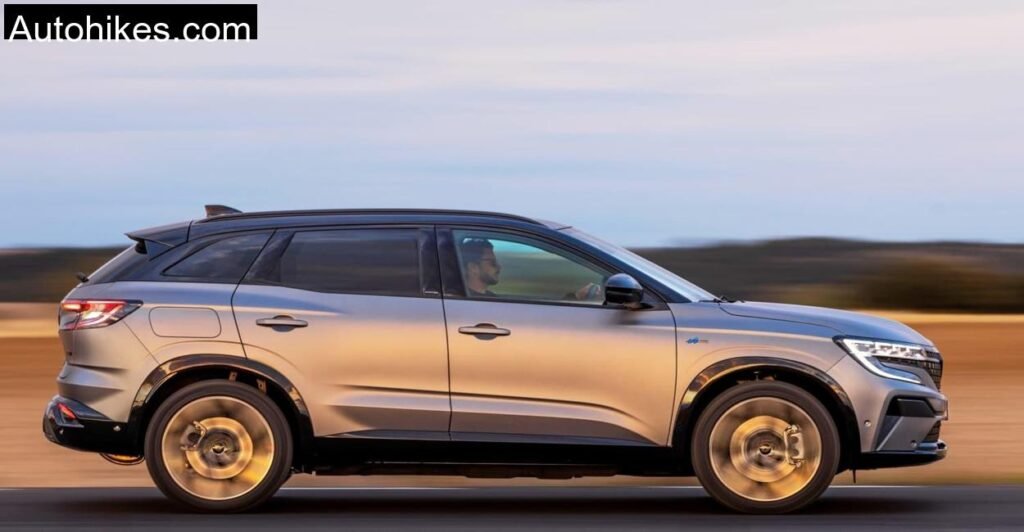
Hybrid Performance in the Real World
For this review, I drove both the 160 PS Mild Hybrid and the 200 PS E-Tech Full Hybrid variants. Let’s break down what powers these machines.
Technical Specifications Table
To ensure accuracy and reliability, all technical details are pulled directly from Renault’s official website.
| Specification | Mild Hybrid 160 | E-Tech Full Hybrid 200 |
|---|---|---|
| Engine | 1.3L Turbo Petrol | 1.2L Turbo Petrol + Electric |
| Power Output | 160 PS (116 kW) | 200 PS (147 kW) |
| Torque | 270 Nm | n/a |
| Transmission | CVT | Multi-Mode Automatic |
| 0-100 km/h | 9.7 sec | 8.4 sec |
| Top Speed | 174 km/h | 174 km/h |
| Fuel Consumption (WLTP) | 6.2 L/100 km | 4.7 L/100 km |
| CO2 Emissions | 141 g/km | 105 g/km |
| Battery Capacity | 12V (Mild Hybrid) | 1.7 kWh (Full Hybrid) |
| Boot Space | 500 to 1525 L | 430 to 1455 L |
| Curb Weight | 1539 kg | 1592 kg |
| Price (Base) | €31,450 | €44,950 |
The E-Tech hybrid system is where things get really interesting. With two electric motors, the Austral can operate in multiple modes: fully electric, series hybrid, or parallel hybrid. It doesn’t need a plug, as the battery recharges via regenerative braking and the petrol engine.
In urban environments, the Austral often drove in electric mode, silently gliding through Zittau’s old cobbled streets. Renault claims up to 80% of city driving can be electric, and based on my drive, that’s not far from the truth.
Out on the open road, the E-Tech system delivered brisk acceleration. From 60 to 100 km/h, it took just 4.1 seconds, impressive for a family SUV. However, flooring it from a standstill did expose some hesitation while the system figured out the best power delivery strategy. Once up to speed, though, the transitions between electric and petrol power were seamless.
The Mild Hybrid 160 was a more conventional experience. It’s still peppy in city traffic, with a decent mid-range punch. However, when pushed hard on the winding roads of the Lusatian Highlands, it lacked the immediate torque that the hybrid system offers.
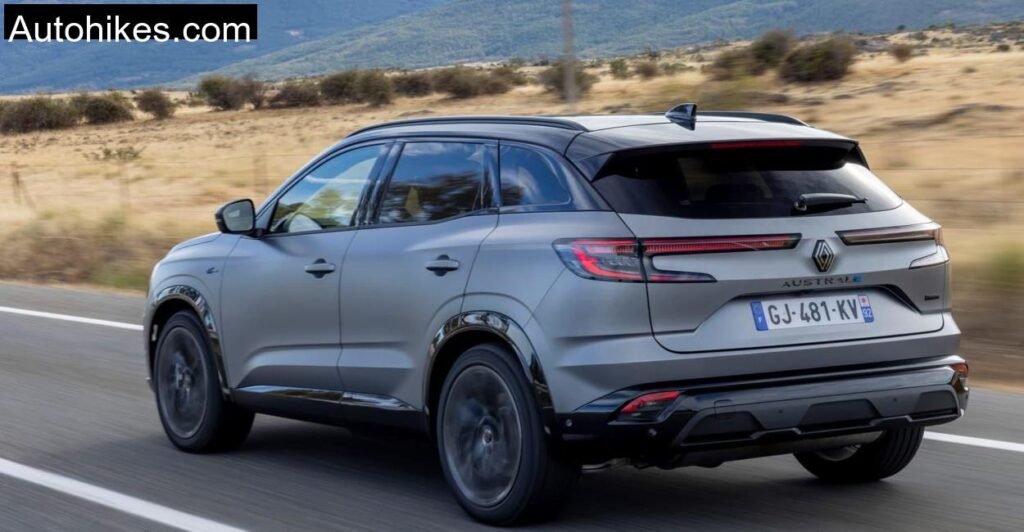
A Comfortable Cruiser
The Austral may not be a hot hatch, but it sure handles itself well for a compact SUV. The ride was smooth and composed, even as I tackled the undulating B roads cutting through the region’s scenic hills. Renault has tuned the suspension for comfort, and it shows.
There is some body roll when cornering quickly, but it’s well controlled. The steering, while light and somewhat lacking in feedback, becomes more precise when you select the ‘Sport’ driving mode. The brakes felt a bit artificial at lower speeds, a common trait in hybrids, but offered solid stopping power when needed.
A standout feature is the optional 4Control Advanced all-wheel steering. While my test car didn’t come equipped with it, I had the chance to briefly drive a model that did. At low speeds, the rear wheels turn in the opposite direction to the front, reducing the turning circle to just 10.1 meters, comparable to a Renault Clio. It’s a game changer for city driving and tight parking.
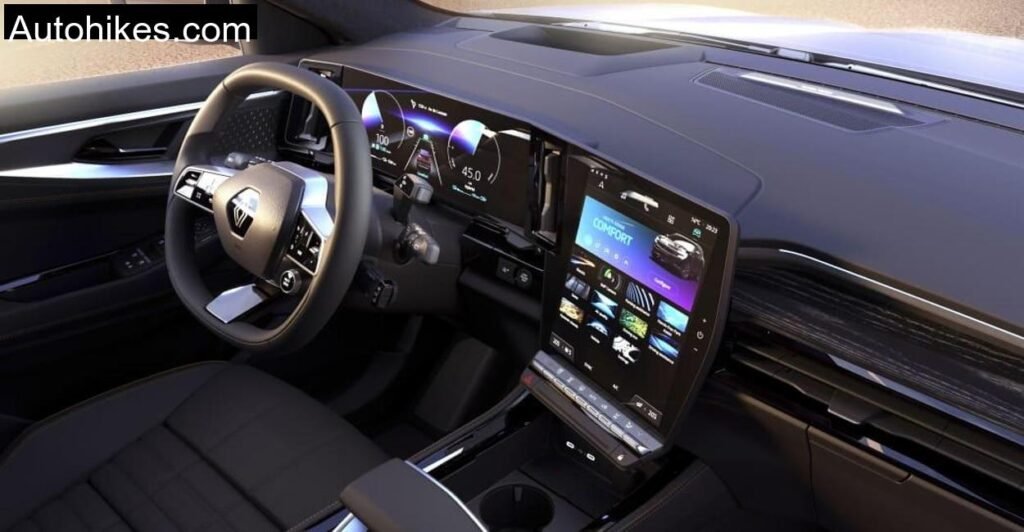
A Tale of Two Hybrids
Let’s talk numbers. The E-Tech Full Hybrid averaged around 5.9 L/100 km during my test, which included highway cruising, uphill climbs, and city traffic. In urban areas, I saw figures as low as 4.5 L/100 km. The Mild Hybrid 160, on the other hand, returned 6.7 L/100 km, not bad, but clearly less efficient.
Both variants scored well on the ADAC EcoTest, with four out of five stars thanks to their low emissions and decent fuel economy. However, the E-Tech’s ability to frequently switch to electric mode gives it a clear edge in everyday driving.
Verdict: Renault’s Comeback Kid
After a full day of driving through one of Germany’s most picturesque regions, I came away impressed by the Renault Austral. It’s not perfect, the CVT in the Mild Hybrid can be droney under hard acceleration, and the infotainment system, while advanced, may overwhelm some users. But on the whole, the Austral delivers a compelling package: smart hybrid technology, a high-quality cabin, good practicality, and a ride that balances comfort with confidence.
Compared to its predecessor, the Kadjar, the Austral is a giant leap forward. It feels more premium, more refined, and better suited to the modern SUV buyer who wants a bit of everything, efficiency, style, and space.
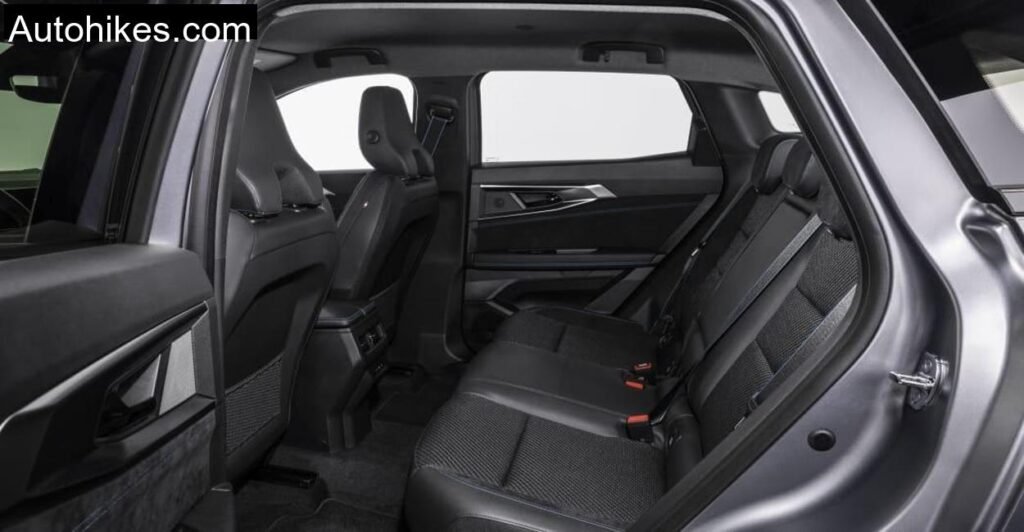
Final Thoughts
The 2023 Renault Austral is more than just a replacement for the Kadjar, it’s a statement of intent. With its hybrid tech, striking design, and comfortable ride, it positions itself as a serious contender in the compact SUV market. Whether you’re navigating city streets or exploring scenic routes like the Lusatian Highlands, the Austral proves itself a worthy companion.
Is the Renault Austral available with a diesel engine?
No, the Austral does not offer a diesel option. Renault has moved towards electrification, offering only petrol-based mild and full hybrid powertrains.
Can the Renault Austral be charged like a plug-in hybrid?
No, the E-Tech Full Hybrid cannot be charged externally. It recharges the battery through regenerative braking and the petrol engine.
